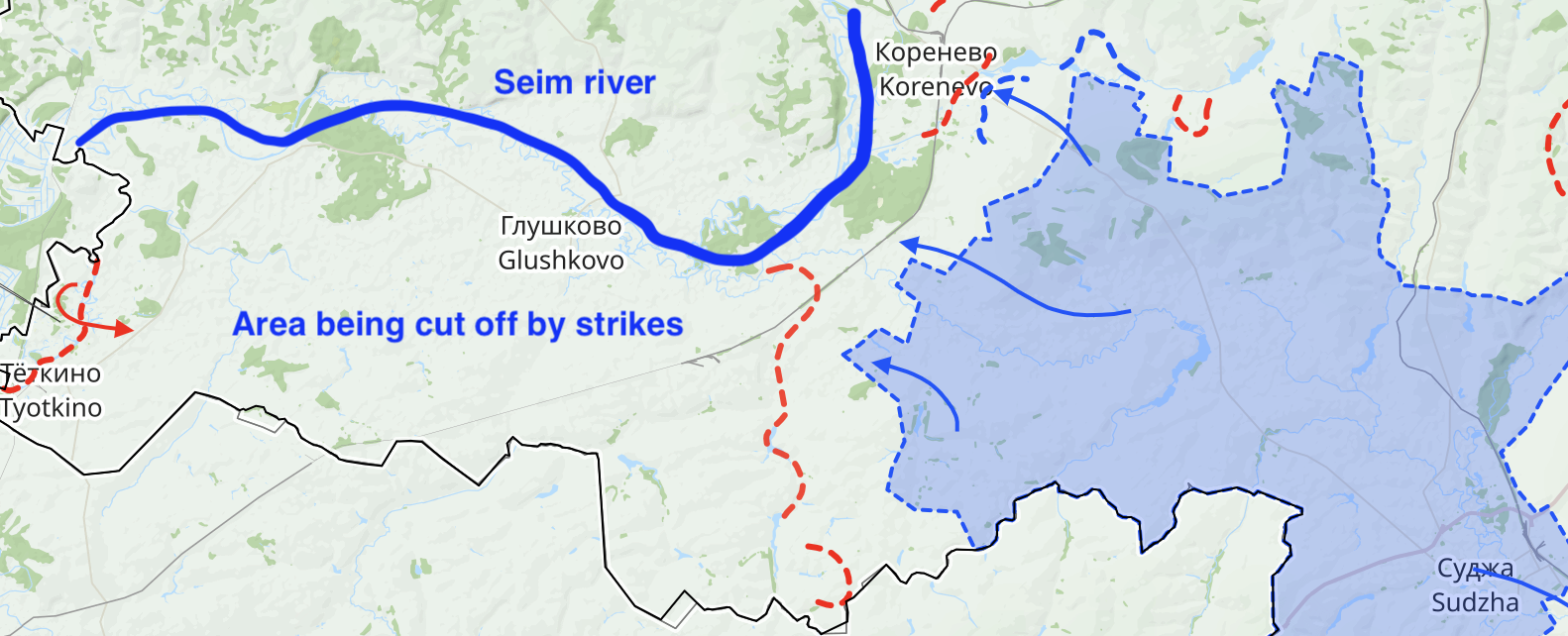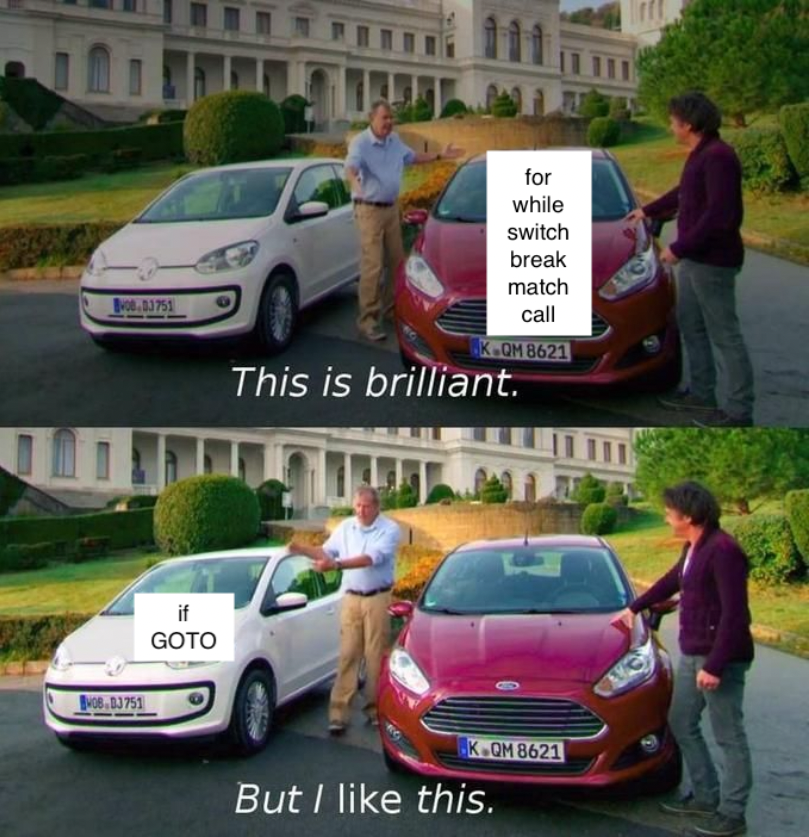Sorry, maybe we talked past each other here. How would using an open-ended firing tube that reloads using a battery-powered "loading arm" (I.e. some kind of servo-driven mechanism), increase recoil?
Yes, but on a drone you have access to a battery, so there's nothing preventing you from foregoing a classic reload mechanism and using a servo of some sort to reload if you want to reduce recoil.
Not running any LLMs, but I do a lot of mathematical modelling, and my 32 GB RAM, M1 Pro MacBook is compiling code and crunching numbers like an absolute champ! After about a year, most of my colleagues ditched their old laptops for a MacBook themselves after just noticing that my machine out-performed theirs every day, and that it saved me a bunch of time day-to-day.
Of course, be a bit careful when buying one: Apple cranks up the price like hell if you start specing out the machine a lot. Especially for RAM.
It could possibly be using some kind of recoil less/low recoil firing mechanism. All you need to fire a buckshot is a tube and a firing pin of some sort, the amount of recoil essentially just depends on how tightly you close the back end of the tube. A shoulder fired rifle obviously needs to close off the back completely, but this kind of drone could in principle have an open-ended firing tube.
The tradeoff for low/no recoil is of course less energy being imparted into the buckshot. However, I can't imagine that you need a very high-energy projectile to take down these drones, so it may well be worth the tradeoff to improve the accuracy, not to mention the increased stability allowing you to manoeuvre immediately after firing.
It's working in the sense that they're gaining ground and heavily pressuring the Ukrainian defenders. However, it will only work in the long term if they're able to pressure the defenders to the point where the defending troops deteriorate over time.
If Ukraine is able to withstand the human waves while increasing training time and producing/receiving more materiel than they lose, it will eventually turn around, at the point when the human waves start being exhausted, while Ukraine has managed to scale up the quality and quantity of it's troops and materiel.
Sorry, but I honestly don't get it. I I were to point out the crown jewel of open source, it's gcc. gcc is the backbone and survival condition for so much modern industry that it's not even remotely funny.
Take away gcc, and the world will likely burn for a substantial amount of time until people start making in-house or proprietary alternatives.
*Breaks the law
*Is convicted
*Refuses to pay fines
*Stops receiving funds
*shockedpikachu.jpg
At this point I really can't understand what is driving Orban anymore. He obviously must have known this would happen, and is likely doing it on purpose so that he can point at the EU as the "bad guy" back home, but like... what does he gain from this? Isn't it better to just get a shitload of free money from the EU that you can funnel to your friends and family than to not do that? If he legitimately dislikes the EU he can just leave.
Maybe he's just sticking around as long as he can grab cash? It kind of seems like he's going for the "see how far you can push it before you're kicked out" play. Essentially trying to find out how much of an obstructing, law-breaking, corrupt asshole he has to be before the rest of the EU finally has enough and kicks him out, at which point he can peace out to some safe-haven (I've heard there are spare rooms in some of Putins palaces).
"Enshittification will continue until revenue improves"
I'm straight, 100%. I know because I've been very close to trying, and figured out I was too straight to go through with it. If you had asked me when I was 18-24, I would probably not be so sure. Being "bicurious" around that age seems to be quite common, but is probably (my speculation) not closely linked to the proportion of people who are actually not straight.
Assuming
- cylindrical human, 2m tall, 25 cm diameter.
- air displaced from the point you teleport to is instantly moved to form a monolayer (1 molecule thick) on your surface.
- The displacement of air is adiabatic (no heat is transferred, which will be true if the displacement is instantaneous)
Volume of displaced air: ≈ 100L = 0.1m^3 At atmospheric conditions: ≈ 4 mol
Surface area of cylindrical human: ≈ 1.58 m^2 Diameter of nitrogen molecule (which is roughly the same as for an oxygen molecule) : ≈ 3 Å Volume of monolayer: ≈ 4.7e-10 m^3
Treating the air as an ideal gas (terrible approximation for this process) gives us a post-compression pressure of ≈ 45 PPa (you read that right: Peta-pascal) or 450 Gbar, and a temperature of roughly 650 000 K.
These conditions are definitely in the range where fusion might be possible (see: solar conditions). So to the people saying you are only "trying to science", I would say I agree with your initial assessment.
I'm on my phone now, but I can run the numbers using something more accurate than ideal gas when I get my computer. However, this is so extreme that I don't really think it will change anything.
Edit: We'll just look at how densely packed the monolayer is. Our cylindrical person has an area of 1.58 m^2, which, assuming an optimally packed monolayer gives us about 48 micro Å^2 per particle, or an average inter-particle distance of about 3.9 milli Å. For reference, that means the average distance between molecules is about 0.1 % of the diameter of the molecules (roughly 3 Å) I think we can safely say that fusion is a possible or even likely outcome of this procedure.
One of the beautiful things with the fediverse is that I've just created an alt account on another instance, so I can
1: Reduce the load on lemmy.world servers
2: use the alt account if lemmy.world is down



For added effect, read the right-hand side in the voice of a British aristocrat.